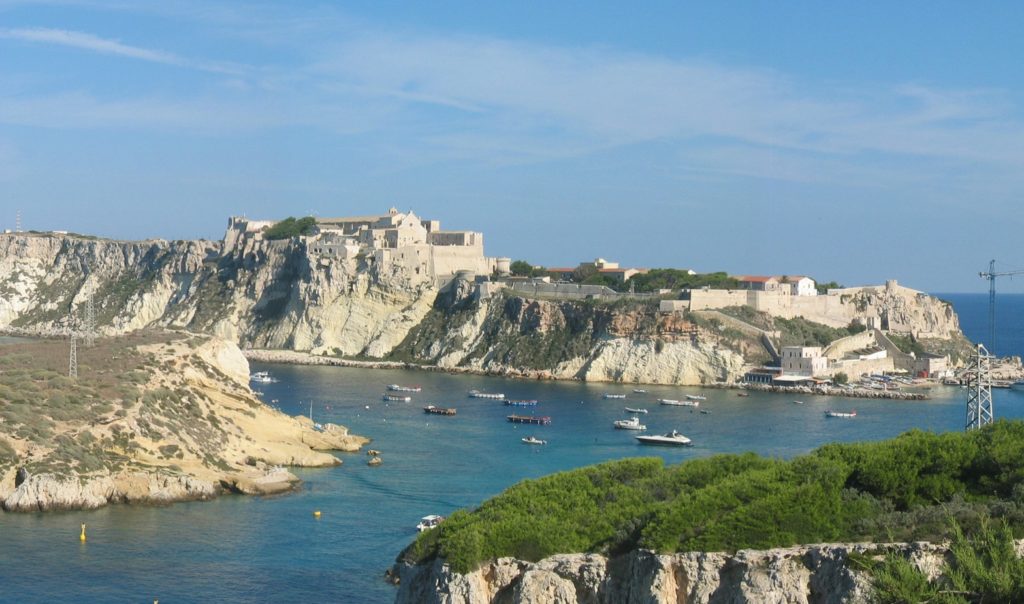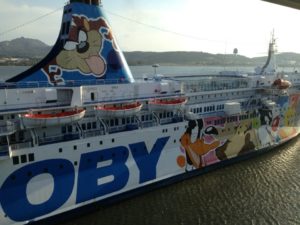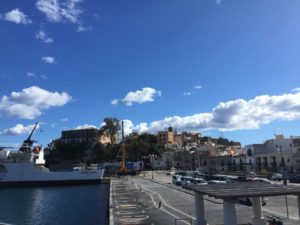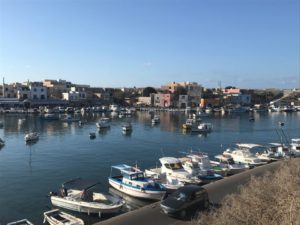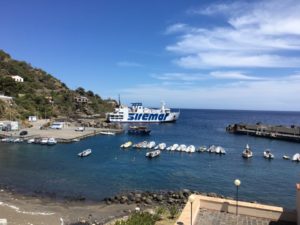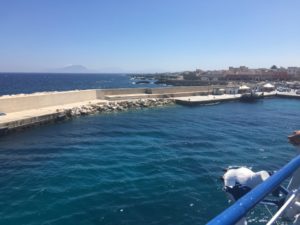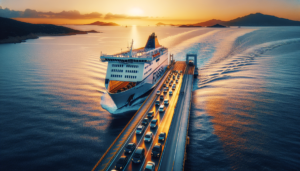A visit to the Tremiti
In the Adriatic Sea the Tremiti islands, overlooking Molise and Puglia, are part of the latter region and are also included in the Gargano National Park, given their natural beauty and proximity to the Sperone of Italy. Despite this, the annual connections with the mainland are carried out by the Molise port of Termoli (in summer, however, also from the Apulian port of Vieste). Perfect for those who hate smog and traffic, since thanks to its small size, the Municipality of the Islands does not accept the disembarkation of vehicles and only a few residents and some taxi drivers own one. San Domino is the largest and most inhabited, in size it follows the uninhabited Caprara (or Capraia), while in population San Nicola. Not considering the Cretaccio islet and the La Vecchia rock, the smallest one is the distant and deserted Pianosa which, flat above sea level, is almost completely submerged when it is rough. The climate of the archipelago is Mediterranean with hot summers and mild winters. Below, immediately after the information to get there, we indicate a list of travel suggestions: here are ten things to do, not necessarily in summer. Except for the period from October to April it will clearly also be possible to swim and take a boat ride; in August the crowding is considerable.
How to get to San Domino and San Nicola
From the Adriatic coast, specifically from the port of Termoli (Molise) or, from the port of Vieste in Gargano, you can get to the two main islands of the Tremiti archipelago namely the port of San Domino or the port of San Nicola. To know all the information on the departures of ferries and hydrofoils operating on these routes, you have to click on the links below:
Afterwards, the things to do.
1) Walking through the pine forest of San Domino
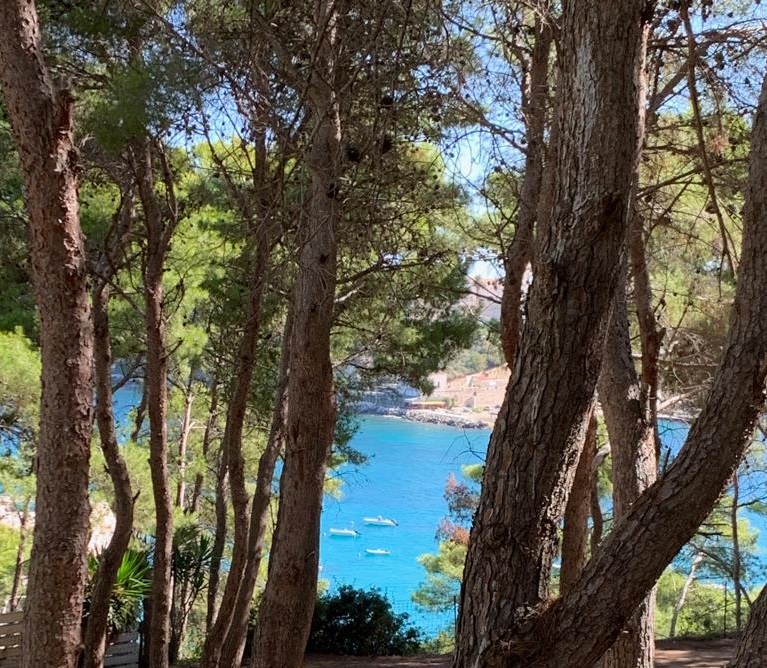
The characteristic vegetation of the Tremiti archipelago is constituted by the Aleppo pine (Pinus halepensis), purely Mediterranean. It is a tree with a broad crown at the top and an average of about twenty meters high, which constitutes the vast pine forest in San Domino. To go, also to find your favorite place to relax among the balsamic olfactory notes of coniferous trees, looking at the landscape. There are also areas where the undergrowth flora is luxuriant, sometimes with rare species. It usually consists of juniper, rosemary, myrtle, mastic.
2) Go to the beach or to the cliffs of the coves
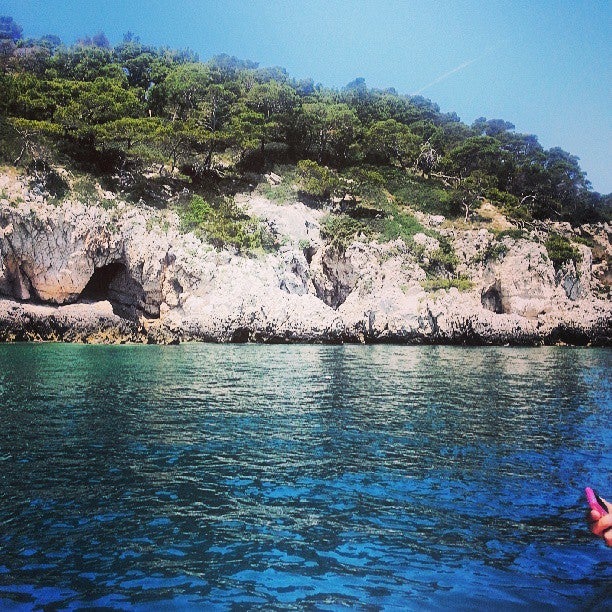
The coasts of the Tremiti islands are mostly rocky and sometimes sandy, but often the natural cliffs gradually slope down. An excellent alternative to go to sea. At the next link you can find out which are all the beaches and coves. If you do not have to swim it is also interesting to visit those places that do not allow the descent to the sea but which still offer intriguing views from the top of those coves that can only be reached by sea. From the paths that instead reach the shores it is also possible, when the sea is not too rough and there is no high tide, to observe the fauna of the cliff.
3) Visit the abbey of Santa Maria a Mare
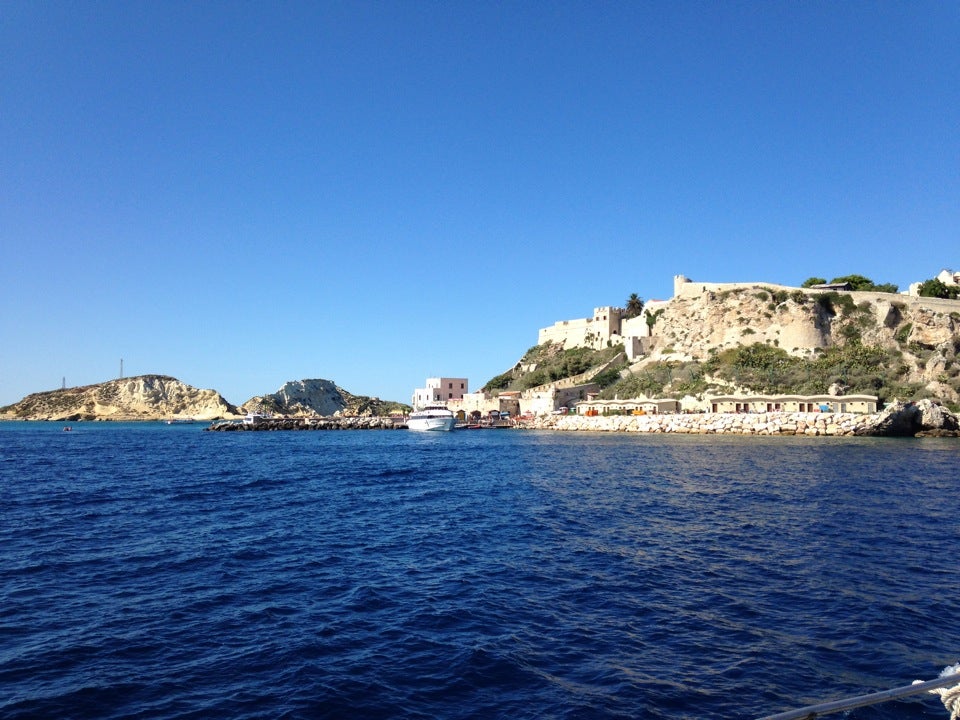
The island of San Nicola is home to a 11th century fortified abbey complex: Santa Maria a Mare. The medieval walls and the Torrione del Cavaliere del Crocifisso protect the Castello dei Badiali, a building that was also a convent where you can visit, among others, the cloister with the Loggia della Cisterna della Meridiana and the Benedictine abbey inside which one is struck by the altarpiece, the statues and the mosaic floors. You can freely enter the complex by going up from the port.
4) Touring the Tremiti islands by boat
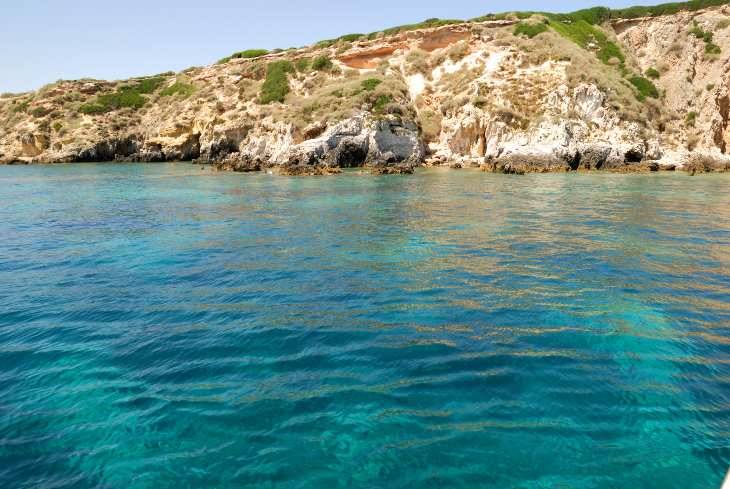
The tour of the islands by boat can be done through various types of boats and boats with their crews; it is a tours to be shared in groups possibly even with strangers; or by renting a dinghy or a boat. Among the motor ships there is one that has a transparent bottom thanks to which the magnificent backdrops of the archipelago will have no more secrets; on another lunch is prepared on board. But other trips are also organized on smaller boats for intimate groups. The alternative is to rent inflatable boats or fiberglass boats of about five meters. In this case the possibility of bathing in the coves at will is guaranteed even if you need to have a minimum of navigation skills and in the end it could be less relaxing. Circumnavigations will reveal many other ravines and sea caves.
5) Snorkeling and scuba diving
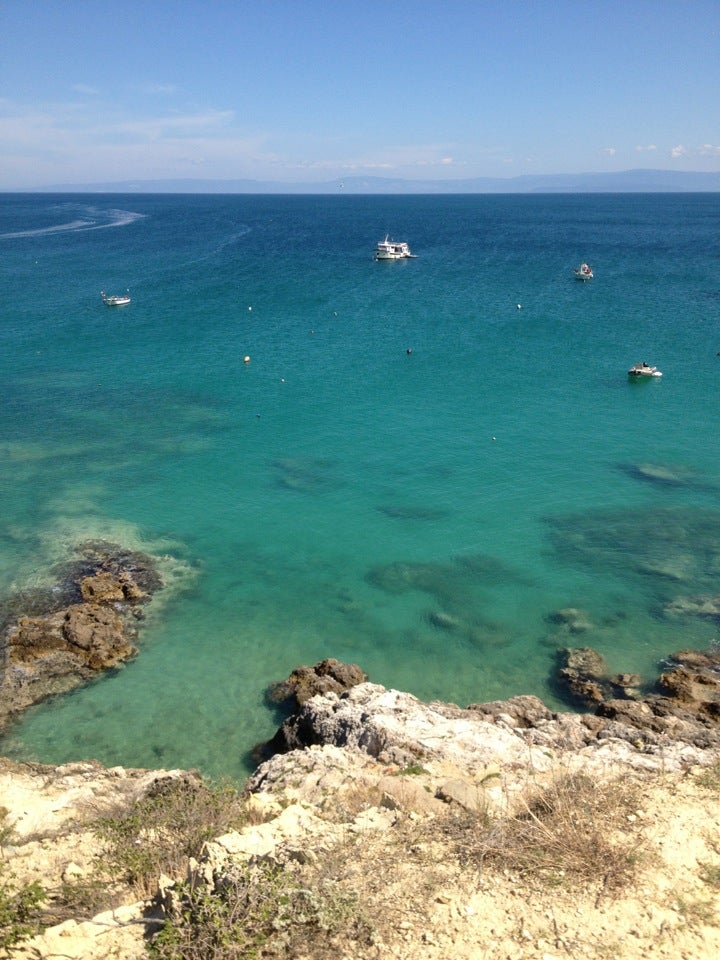
It is not necessary to be a professional diver to have fun underwater at the Tremiti Islands. Given the vast offer of snorkeling and diving courses it is enough to know how to swim and rely on one of the schools that provide training and also organize diving excursions. The diving centers organize something every day during the summer season, from mini-cruises to the archipelago with strictly fish-based lunch on board, to deep diving for the most trained (and even at night), passing through the baptisms of the sea, diving and snorkeling tests with biologists. Among the submerged sites there are both of naturalistic interest due to the sensational biological peculiarities of the fauna and flora of the seabed, which historical, with various submerged archaeological sites. Several wrecks can be viewed such as an ancient Roman ship, a medieval one, a Garibaldi steamship, a nineteenth-century sailing ship, and even a WWII plane. On the backdrop there is also a statue of Padre Pio. Overall, there are more than fifty diving spots and among the countless coves and caves or just near the shore of the beaches, there are places to snorkel, armed only with mask, fins and snorkel.
Book a ferry
6) Canoeing or kayaking around the archipelago
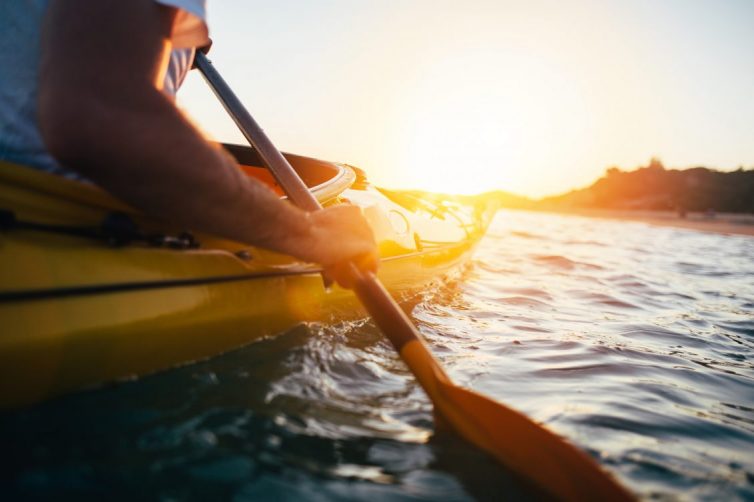
It is not at all complicated to rent a canoe or a more comfortable and easily manoeuvrable kayak in San Domino and from there to circumnavigate the islands in a sporty and ecological way. Then there are stretches of coast that can only be approached with these small boats (the only alternative would be to swim from boats moored further away). More experienced kayakers prefer to tour the archipelago with the right marine weather conditions, in spring, autumn or even in winter, to more fully appreciate the sounds and peace of nature. There are many small inlets and accessible caverns or rock formations that can be approached by paddling, such as the Scoglio dell’ Elefante, Scoglio del Sale and the Grotta del Bue Marino – which at the end of its seventy meters long hides a small beach – the Grotta delle Rondinelle and that of the Viole. But along the coast of the island there is much more to discover. In San Nicola the coasts often made up of vertical cliffs are worth seeing. In Caprara you cannot miss the architiello of Punta Secca, Cala Sorrentino and the Grotta Smeralda. It is also interesting to row along the coastal kilometer of the Cretaccio and then go to the nearby rock called La Vecchia. Pianosa is too far away and inaccessible.
7) Visit Ripa dei Falconi and Diomede’s Tomb
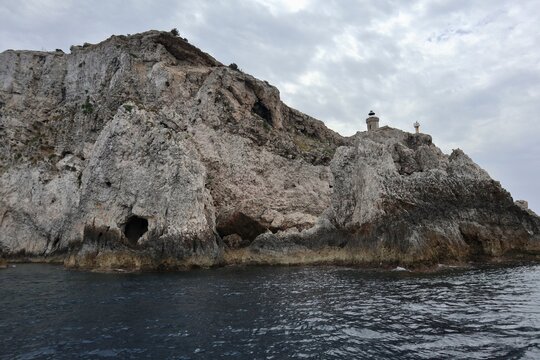
Also known as the Diomedee islands the mythological character of Diomede is well rooted here. The King of Argos lands right here when the iliadic Insulae Diomedeae are narrated. Following the paths of the island of San Domino you can reach the Ripa dei Falconi lighthouse, a cliff and steep place above the Cala del Bue Marino. On the escarpment nest rare specimens of falcon and characteristic albatrosses, of the genus called the Diomedee, whose song was connected with the legendary hero (precisely to the soldiers lament for his death). From these cliffs there are fabulous views. Furthermore, on the island of San Nicola it is possible to visit the Tomb of Diomede, from the Hellenic period. According to the myth, after her death Aphrodite compassionately transformed her companions into birds so that they could continue to watch over the tomb.
8) Visit the “Lucio Dalla” Museum of Vintage Radio
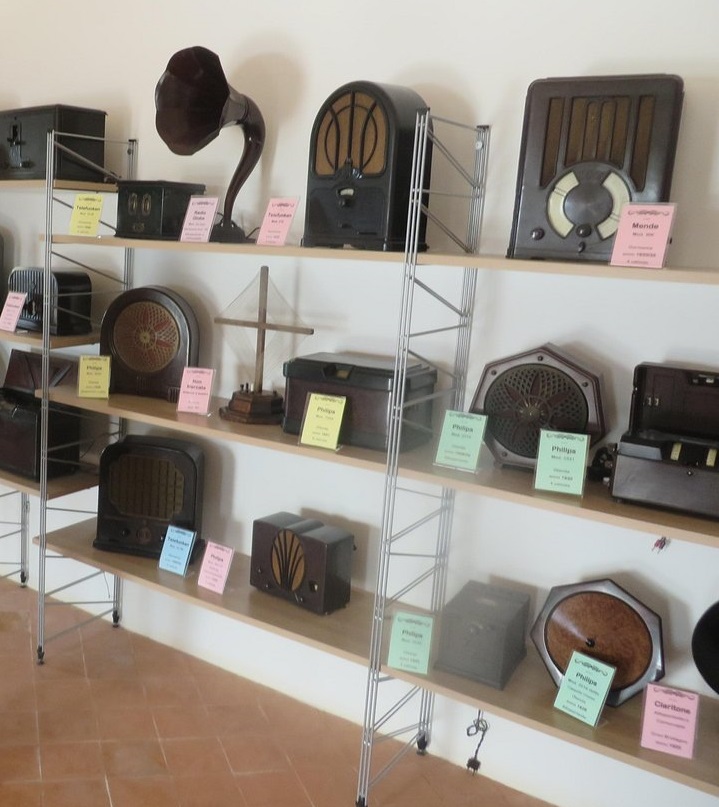
In a historic building in the village of San Nicola there is the Museo della Radio d’Epoca, which houses an exceptional collection of vintage phonographs, gramophones, turntables and radios, founded in homage to Lucio Dalla and named after him, honorary citizen of the Tremiti Islands municipality where he often lived in the summer in his villa with his recording studio. Immersed in the nature that inspired him for various musical compositions, it overlooks the sea and the ancient two-storey building where the collection is located. The famous singer-songwriter, with the great collector Franco Pistilli and the municipal administration, contributed to the realization of the exhibition. There are more than 350 memorable radio and sound sets with models dating back to the late 19th century. The exhibition can be reached via an elevator that goes up from the marina towards the fortress. When inactive – usually in the low season – it will be necessary to walk for the so-called Salizata.
9) Taste the Tremiti cuisine
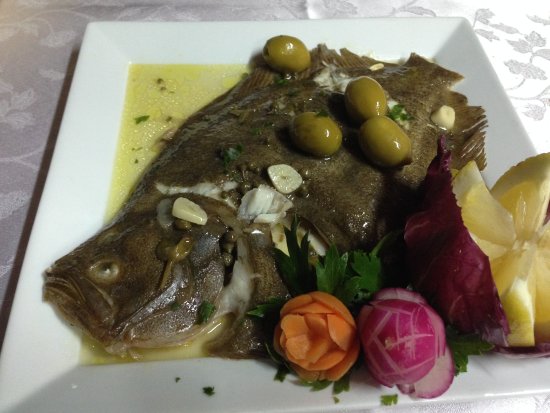
Currently, the fishing tradition has remained alive in the gastronomy of the Tremiti. Typical dishes are invariably based on fresh fish, such as grills, pasta sauces, soups, appetizers, fried foods. Aromatic herbs still come from these lands – basil, parsley, oregano, rosemary, wild fennel – capers, olives and vegetables, which accompany the Adriatic fish (turbot, sea bass, amberjack, rockfish, longline, tanute, snapper, mullet). Crustaceans (scampi, prawns and lobsters) are often grilled and seafood is combined with spaghetti. All wisely mixed in the soup called Ciambotto del pescatore, also in the vegetarian version Pesce fejute, ironically in dialect, fish escaped. “Fragagghjame” is a mixture of raw fish; also try the Scescille, meatballs of stale bread, eggs and cheese cooked in sauce. The final is the Treccine, a local dessert made with fennel and anise.
10) Look at the sundial in Piazza Pertini
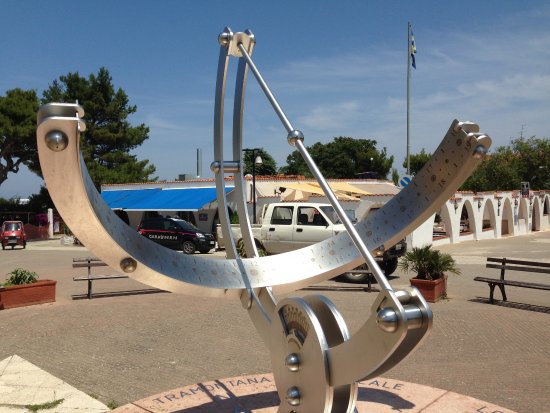
In the small square of San Domino, today Piazza Pertini, there is the technical-artistic installation by Mauro Fizzanotti La Meridiana. This imposing sphere sundial, on a compass rose base, returns the exact time through the shadow of the gnomon on one of the two intersecting semicircles. The work inevitably recalls the Cisterna della Meridiana of the castle and convent of the neighboring island, used for the collection of rainwater but also to know the time with the help of the sun’s rays.

